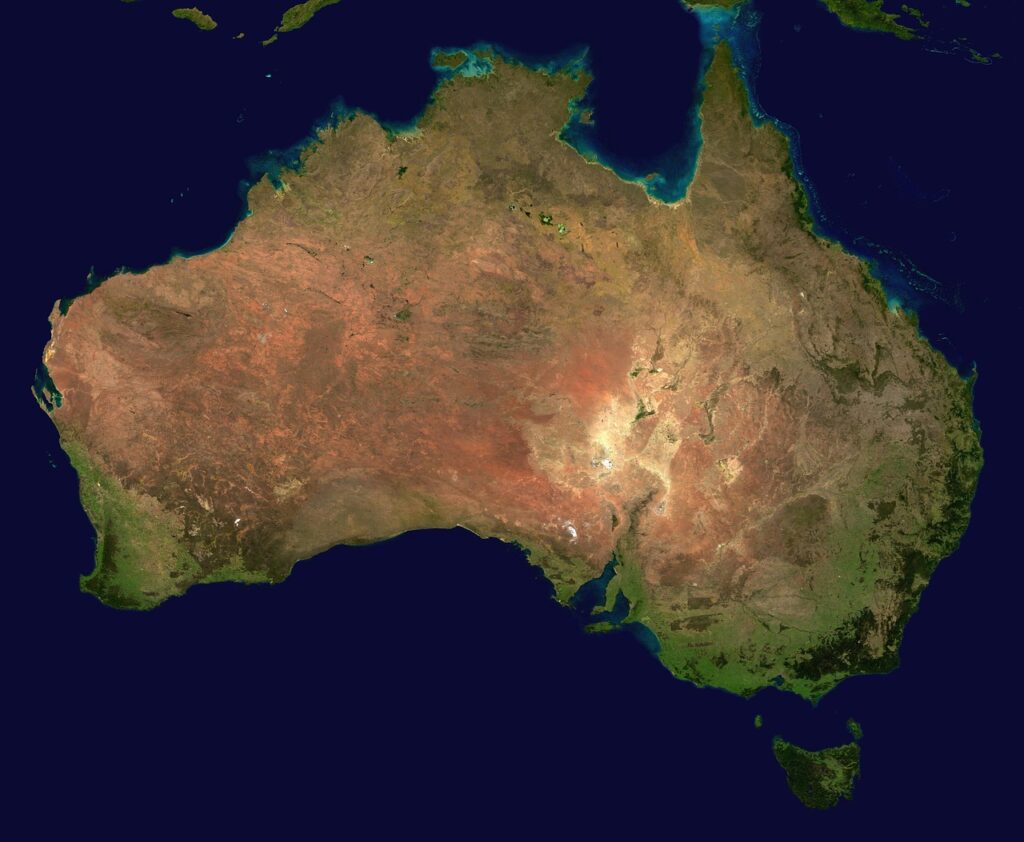As Australia shifts aggressively towards renewable energy, particularly with an emphasis on energy storage systems, its commercial ties with China are increasingly perceived as pivotal.
Chinese firms like BYD, CATL, and Gotion play a critical role in this ecosystem, serving as leading manufacturers for the Australian energy storage market. According to Tim Buckley, director of Climate Energy Finance, enhancing and reconfiguring Australia’s trade relationship with China could significantly boost the country’s energy storage sector, critical for its green energy aspirations.
Australia’s reliance on China is not incidental but stems from an entrenched pattern in which approximately 95% of its lithium exports funnel into China. This relationship is mutually beneficial as Australia’s vast natural resources align with China’s capabilities in battery manufacturing, a synergy that underpins potential advancements in the energy storage industry. Buckley highlights the necessity of this binational cooperation, suggesting that enhancing existing partnerships could make Australia a significant player in complementing China’s leading battery production.
Global infrastructure investor Quinbrook Infrastructure Partners recently announced its collaboration with CATL to introduce 8-hour duration battery energy storage systems (BESS) to the Australian market—a clear testament to this growing synergy. Furthermore, Gotion’s engagement with Australian renewable energy developers on projects totaling over 4GWh underscores the potential scale of collaboration.
However, the trajectory is not devoid of challenges. The battery market is notoriously resource-intensive—a condition Australia satisfies with its rich resource deposits. Yet, there are infrastructural and technological hurdles that need to be addressed on a domestic front to maximize these benefits effectively.
Simultaneously, the advent of technologies like vehicle-to-grid (V2G) systems presents another frontier for potential disruption within energy storage. While experts like Buckley foresee a future where V2G becomes as impactful as traditional BESS, the path is laden with technological complexities and infrastructure demands. Estimates predicate up to 10GWh of V2G capacity could be integrated by 2025, but these are contingent on substantial advancements in bidirectional charging technologies and the requisite infrastructure.
Battery degradation, often cited as a primary concern among consumers of V2G technologies, is a matter of ongoing debate. Whereas some argue that intensified use might accelerate battery wear, companies assure that current EV batteries possess more than adequate lifespans. With CATL offering 20-year warranties that include mileage guarantees, industry leaders like Buckley diminish the degradation concerns as technological innovations in battery design continue at pace.
Stay updated on the latest in energy! Follow us on LinkedIn, Facebook, and X for real-time news and insights. Don’t miss out on exclusive interviews and webinars—subscribe to our YouTube channel today! Join our community and be part of the conversation shaping the future of energy.





